You probably know the feeling when your opponent is putting breaks in your turn, forcing you to wait while they think on their set cards or handtraps. What if we told you this might be one of the most engaging parts of a duel?
Unlike the physical card game, players in Master Duel cannot communicate directly with each other. That means that Master Duel itself does the asking when and which card should be activated (also known as Activation Confirmation). Additionally, all public knowledge is readily available thanks to the game's interface. This is all vital information that, when properly considered, can mean the difference between winning or losing a duel.
Table of Contents
Table of Contents
Unique Deck Properties
Pressing the scroll wheel on your mouse or left stick on controller allows you to see all sorts of information. Alternatively, click on the "i" symbol on the bottom right. At the start of a duel, the most important things to look out for are the opponent's Extra Deck and Main Deck size.
Empty Extra Deck
For starters, an empty Extra Deck is an instant indicator that the opponent is playing either Monarchs or True Draco. Both decks are based on Tribute Summons and use cards that prohibit the use of an Extra Deck, like Domain of the True Monarchs, The Monarchs Erupt and Anchamoufrite.
When going up against these decks, it's best adviced to prefer Spell/Trap negation over disruption aimed against Monsters. Their main goal is to stun the faster decks with floodgates that don't affect them as much, such as Summon Limit, The Monarchs Erupt and Vanity's Emptiness. If you're able to go first and establish a board, they are already in bad shape.
To add on to that, be as assertive on you first turn as possible! These kinds of decks don't have the luxury to include many (or any) handtraps, so you can be sure to leverage that on your first turn without hesitation.
It's usually out of the question to expect any other archetype, since even decks that just don't rely on the Extra Deck prefer to throw in some filler to use in conjunction with Pot of Extravagance or Pot of Prosperity.
60 Card Deck
An anomaly in the basic principles of deckbuilding. In a vacuum, a deck should be as small as possible to raise the odds of finding your strongest cards for the opening hand. That's where That Grass Looks Greener, a self-mill Spell of catastrophic proportions, comes in. The most common decks that prefer this playstyle are Chaos (Lightsworn + Zombies), Shaddoll, and Witchcrafter. They treat the GY as a secondary hand of sorts and can generate incredible advantages from dumping that many cards.
What that means for us is that Ash Blossom should be reserved to negate exactly this. In an attempt to dissuade you they'll probably try to activate other search effects as bait if possible, but decks like this really live and die by the grass, so it's often worth holding back. If your hand is already struggling, there's moments when holding back can be detrimental, that's an important decision you'd have to make on the spot.
On another note, when going second, their potential amount of milled card increases with every action that slims your own deck. A Pot of Desires ups the count by 12, from 20 to 32. So be cautious not to play into their win condition unless necessary!
In case you're curious: The odds of the opponent drawing Grass in their first 5 of 60 cards is about 23.3%, which roughly translates to 1 in every 4 games.
Peculiar Response Window - Handtraps
Now this is a juicy topic. We've already covered the basics in this Guide on Activation Confirmation, so we can get into how to apply that knowledge in a practical duel. We'll go over what unknown cards of the opponent we can label and put a guess on what they might be. Overall, this section will be about handtraps, whereas the following one will cover Spells & Traps.
Reading Handtraps
As a general rule, your non-committal effects should always go first on a turn. To give those words some meaning: Before you Summon any Monsters, activate effects in hand, like searchers and card draw. There's different reasons for why that's advantageous, but we'll stay on the topic of handtraps for now. If you already caused some reactions from the opponent without controlling a Monster, it gets far easier to narrow down what they could be holding.
So now, imagine we're progressing through our turn smoothly. All of a sudden, (however short) the light shifts towards the opponent and our turn is interrupted. We'll call that a "reaction" for the rest of the Guide to keep things simple. That means we know for a fact they have at least one quick effect in hand.
We've gone ahead an ordered these cards by Activation Window and Popularity, so you know what to expect is most likely. The deciding idea for all of these is not only to focus on when the opponent does react. You'll also have to keep track of when they don't. Keep in mind that any attempt at judging your opponent's hand is guesswork and by nature not 100% accurate.
Specific Reactions
These handtraps have obvious activation requirements that make them stand out. The most important one is Nibiru. If only the 5th Summons causes a reaction, Nibiru is pretty much a guarantee. It's in your best interest to avoid overcommitting any resources once you're aware. One interesting part of Nibiru's effect is that the opponent will be prompted when you are about to leave the Main Phase, even on Auto. That is because it's the last possible point the activation requirement is met.
- Nibiru, the Primal Being
- Dogmatika Fleurdelis, the Knighted
- Ghost Mourner & Moonlit Chill
- Droll & Lock Bird
- Gnomaterial
- Fantastical Dragon Phantazmay
Reactions to Effects Only
These handtraps can easily be pointed out due to their niche applications. Yes, Ash Blossom is near ubiquitous, but it won't ring bells all the time like a Maxx "C" would. Since all have a variety of scenarios they can be chained to, there's no easy way to generalize them. You'll have to be aware of not only what type of card you've activated that prompted them, but also what kind of effect it entailed.
- Ash Blossom & Joyous Spring
- Ghost Ogre & Snow Rabbit
- Ghost Belle & Haunted Mansion
- PSY-Framegear Gamma
- Skull Meister
Reactions Once Monsters Are on Field
The pair of Infinite Impermanence and Effect Veiler are confidently the third and fourth place in terms of popularity. All the better that they are so easy to call out! Say we've been activating Spells and whatnot without disturbance at the start: The fact that a Normal Summon gets met with a reaction should instantly stand out to you, as their Monster negation just went live. If you've gotten a Monster on the field from the start, you'd still be in the dark on what they might be holding!
D.D. Crow gets an honorable mention for not fitting in any other category. The principle is the same, just for the GY instead of the field.*Sad bird noises*
Always Reactions & Duds
Maxx "C" is the main thread to consider when talking about handtraps. The way it works out, there's rarely any time to ponder on whether or not the opponent is holding it. Oftentimes it gets activated the very first chance they get to, regardless if it was in response to a Special Summon or not. The good (and bad) news is that there wouldn't be much effective counterplay anyways. The best you can do is sneak in Special Summons that don't start a chain before they had the chance to activate it.
A more enticing topic is: What happens when the opponent keeps reacting to every single action without ever activating something? Well, there's two options: Either they are playing an OTK deck, Dinosaurs, or Thunder Dragons. These archetypes run cards that do work as quick effects, even without having an actual impact on your plays.
We'd wager it's likeliest to expect an OTK, which means you should prepare accordingly. You can play around Kaijus by going for a wider board (Or Lava Golem by only ending on 1!) and already activate Maxx "C" in the Standby Phase to be ready once a Kaiju does drop.
Peculiar Response Window - Spells & Traps
Unlike handtraps, this section won't be going into overtime. We'll stick to the most obvious ones that can be split into two groups: Summon negation and ATK alteration. Both apply in a time window of a duel where almost nothing else could be activated, so they are simple to spot once you know how to.
Summon Negation
A common tool of any backrow-heavy deck, Solemn Judgment can't be hidden very well. That is because of cases in which you Summon a Monster that activates an effect on said Summon. That could be something like a Normal Summoned Aleister the Invoker, or a Special Summon such as Crystron Halqifibrax.
Before you even get to decide on activating it, the opponent will be prompted. That's highly unusual, since during the time between the Summon and the activation, no other cards can be activated.
If that's their only set card, you should take care of that before running into the negated Summon of your boss monster!
ATK Alteration
Similar to the point of a Summon, these cards are special in that they can be used during the Damage Step. The two "Forbidden" Spells also double up as Monster negation and can be compared to Veiler and Imperm, as they likewise need monster on field to be active.
This role isn't limited to only Spells & Traps though, as there's a plethora of handtraps that also affect ATK in some way. Most are rarely played or only work exactly when an attack is declared, so they shouldn't be misleading in that sense.
To be informed in which Battle Phase Step you are in a duel, go to Game Settings -> Duel -> Display Battle Phase Details and choose "Show". Without going into too much detail, the Damage Step is reached when the red number below Battle shows "02". For more practice, play the first upper Practice Duel in Master Duel's Solo Mode Gate "Duel Strategy 2"
Was this Guide helpful? Did you manage to outplay your opponent thanks to some of our tips? Comment below what other topics you'd like us to cover!

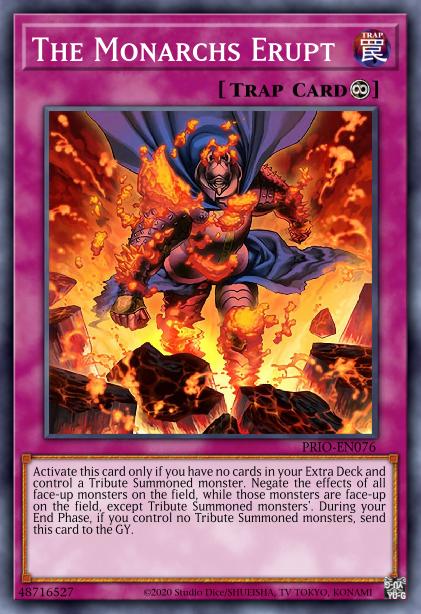
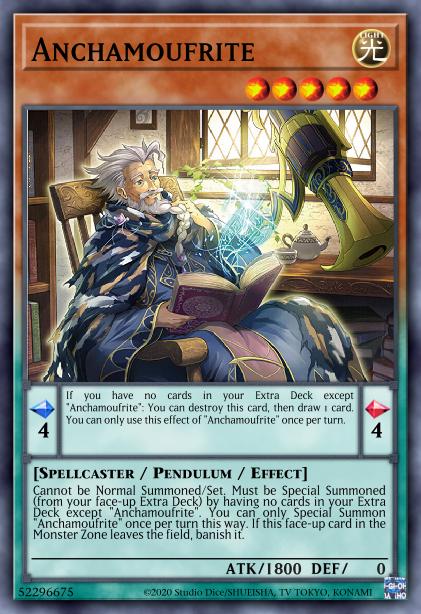
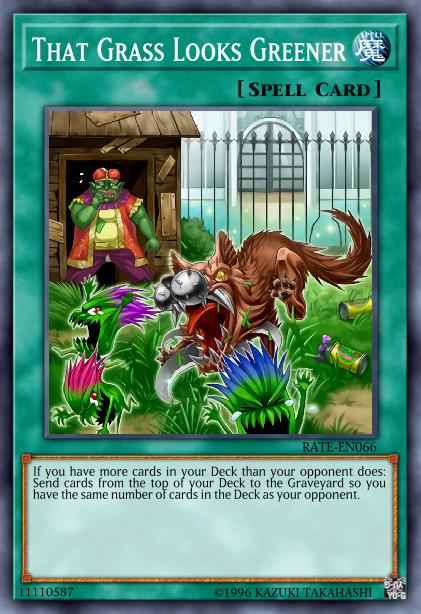
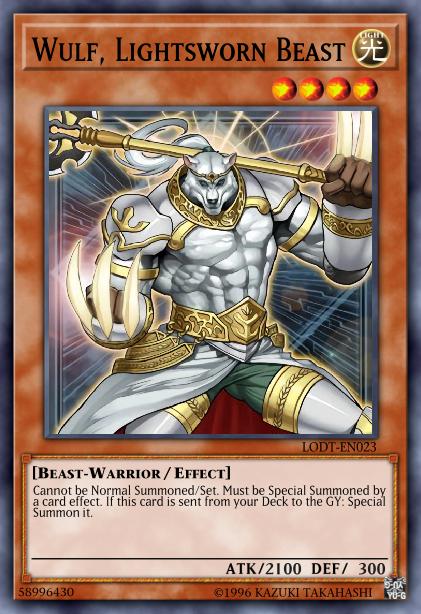
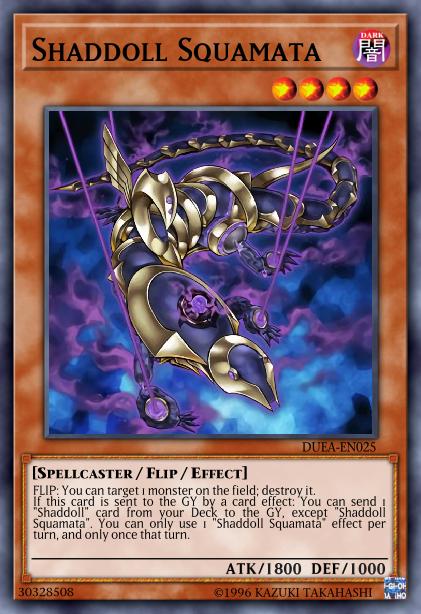
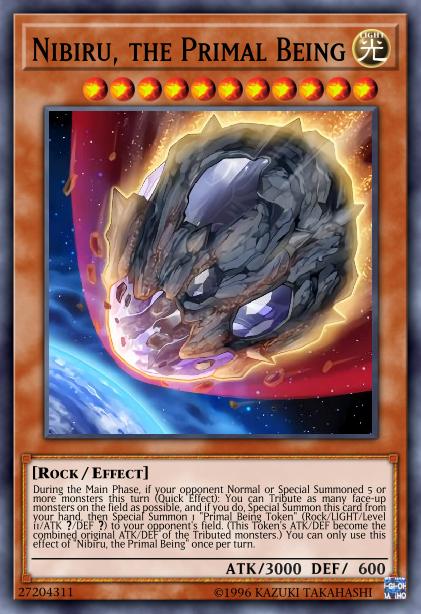
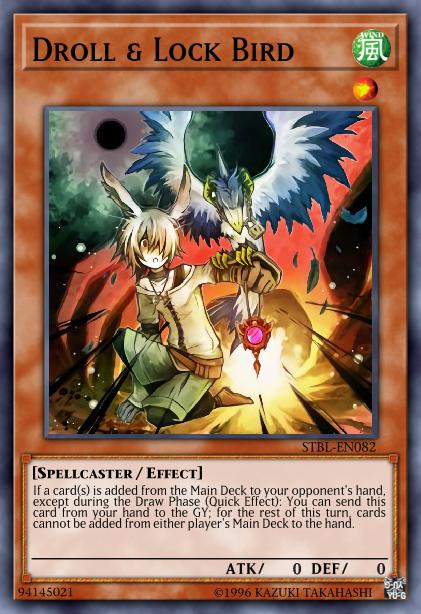
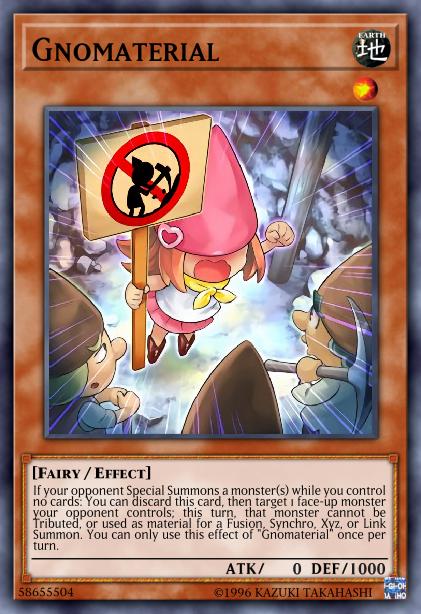
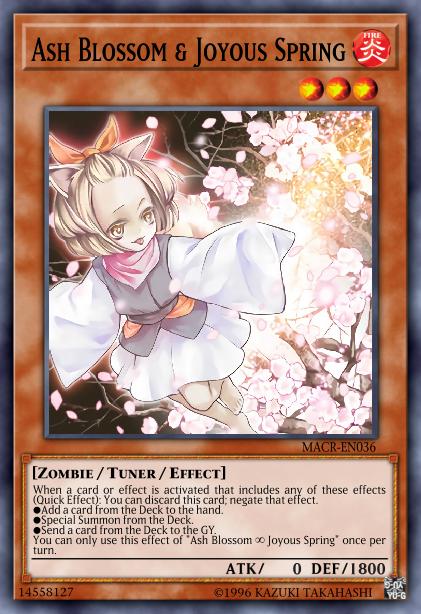
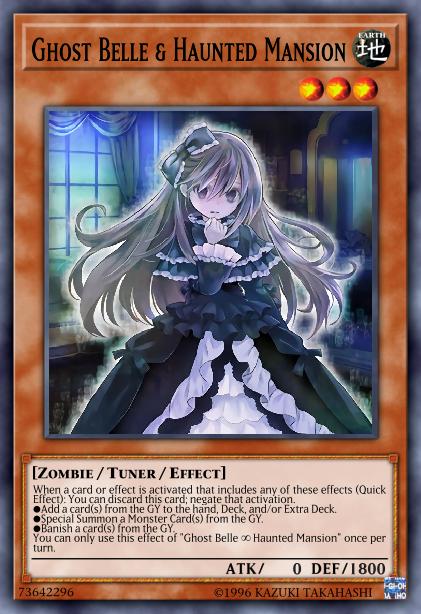
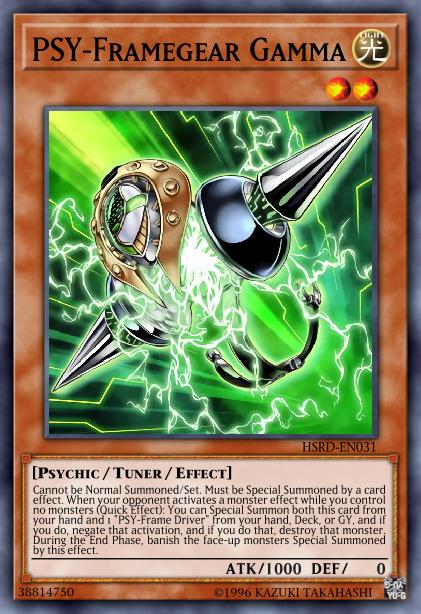
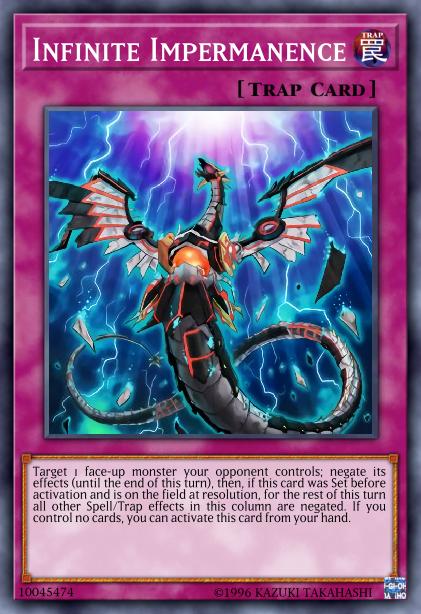
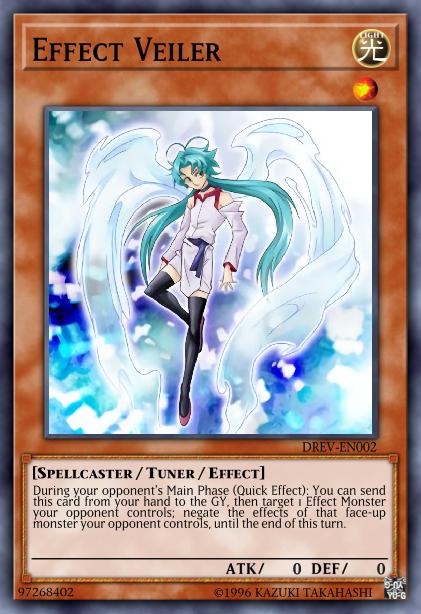
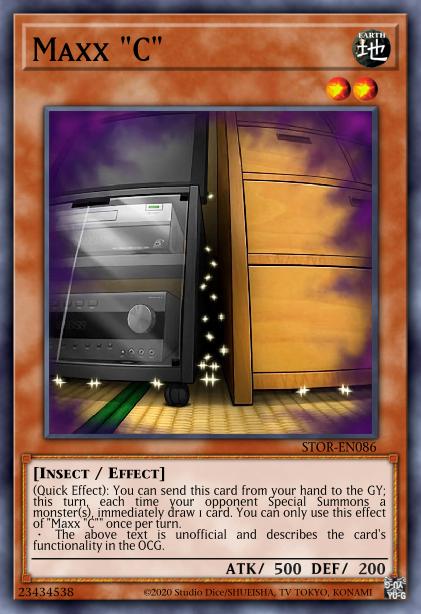
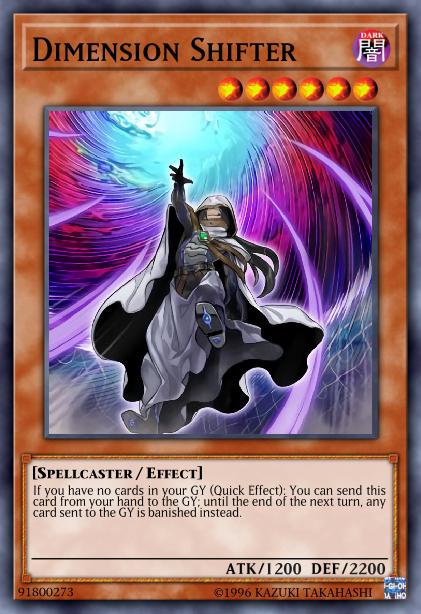
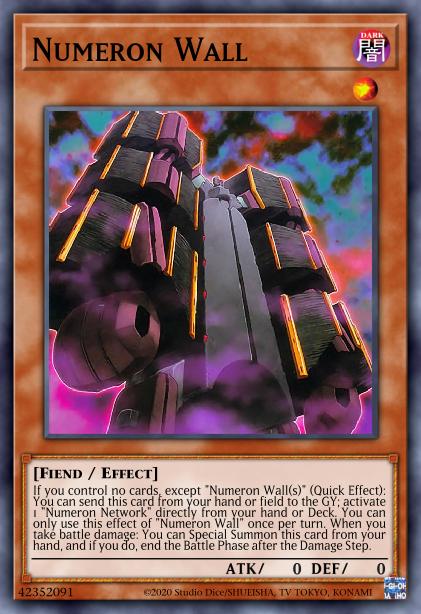
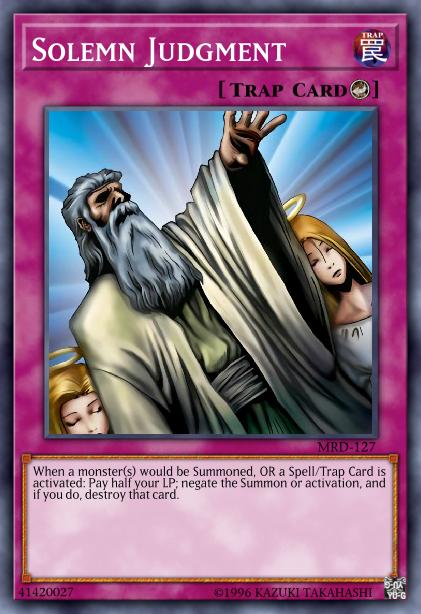
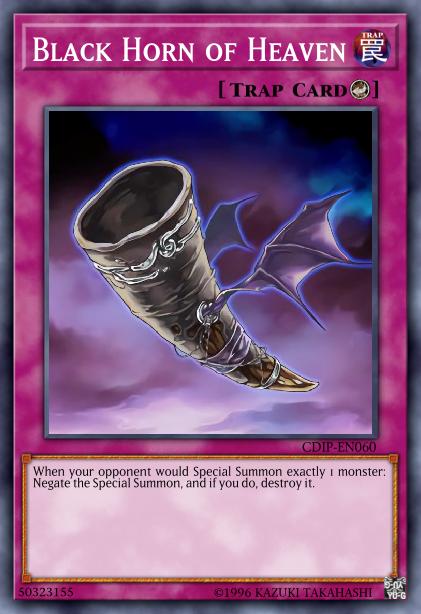
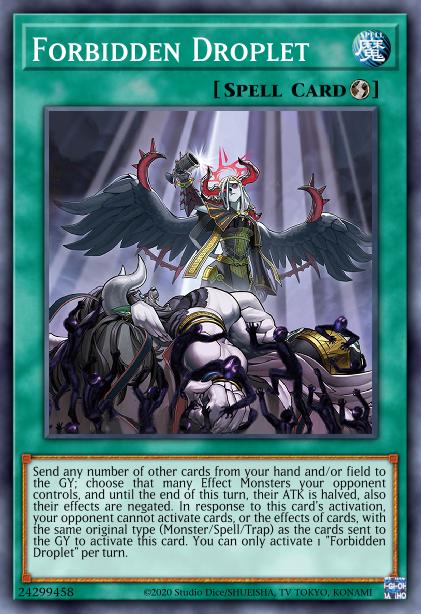
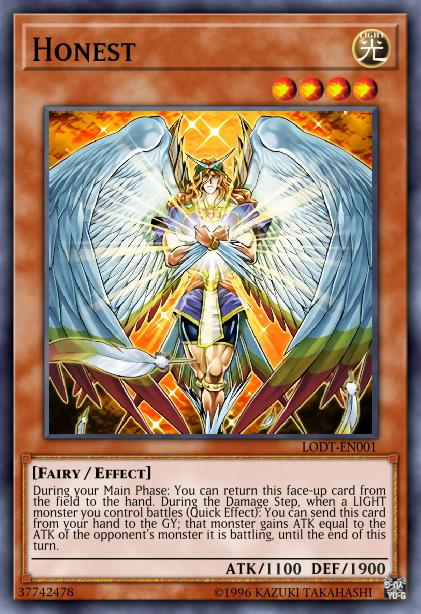
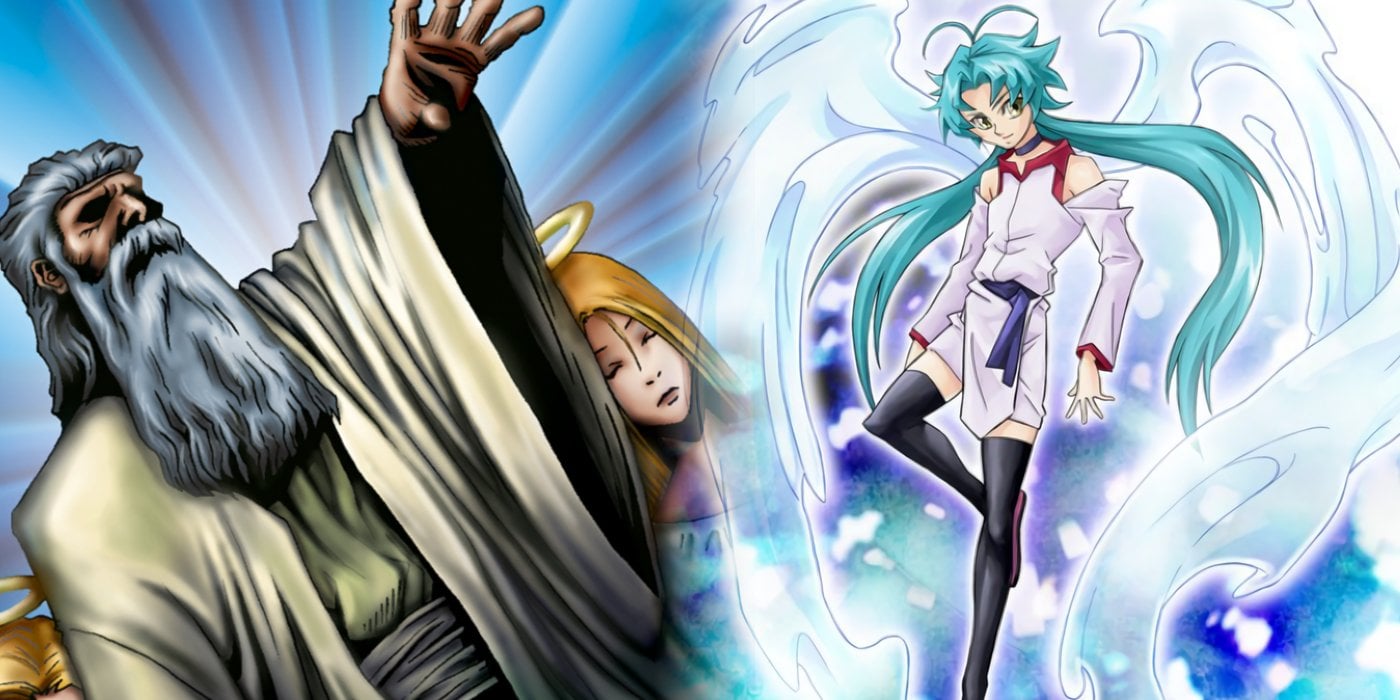
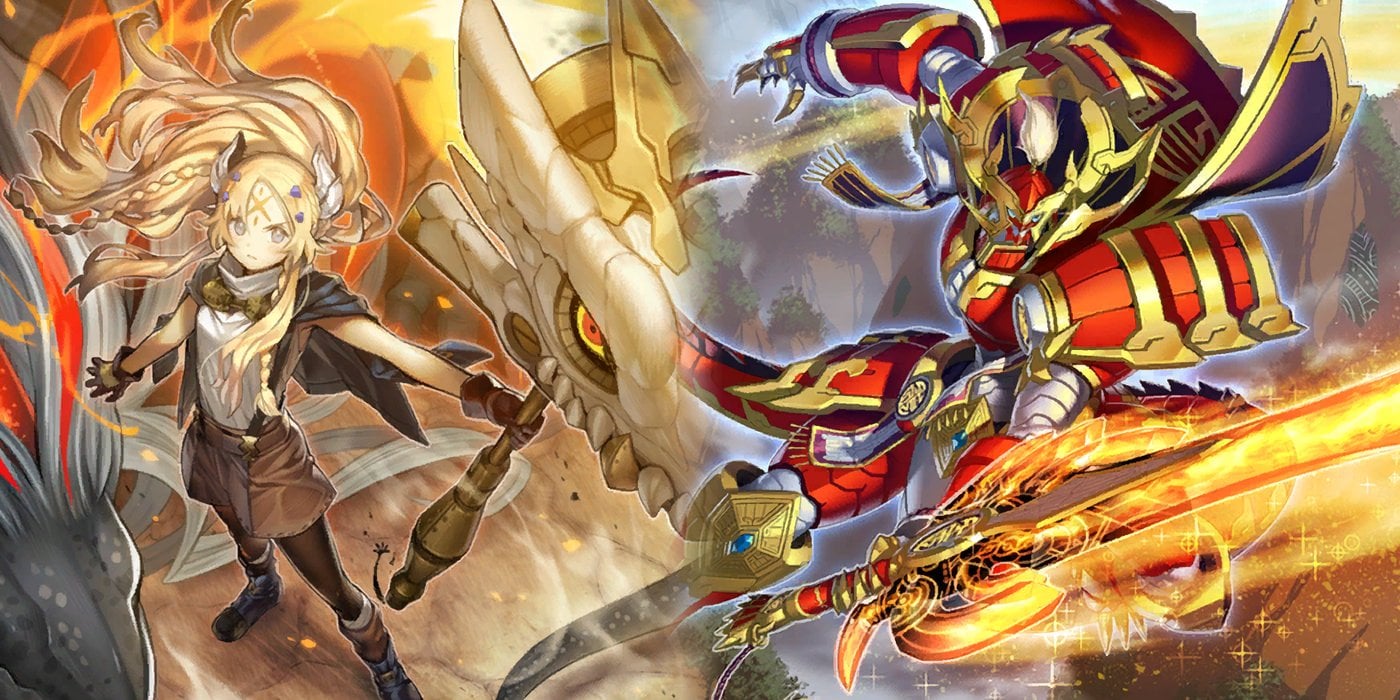
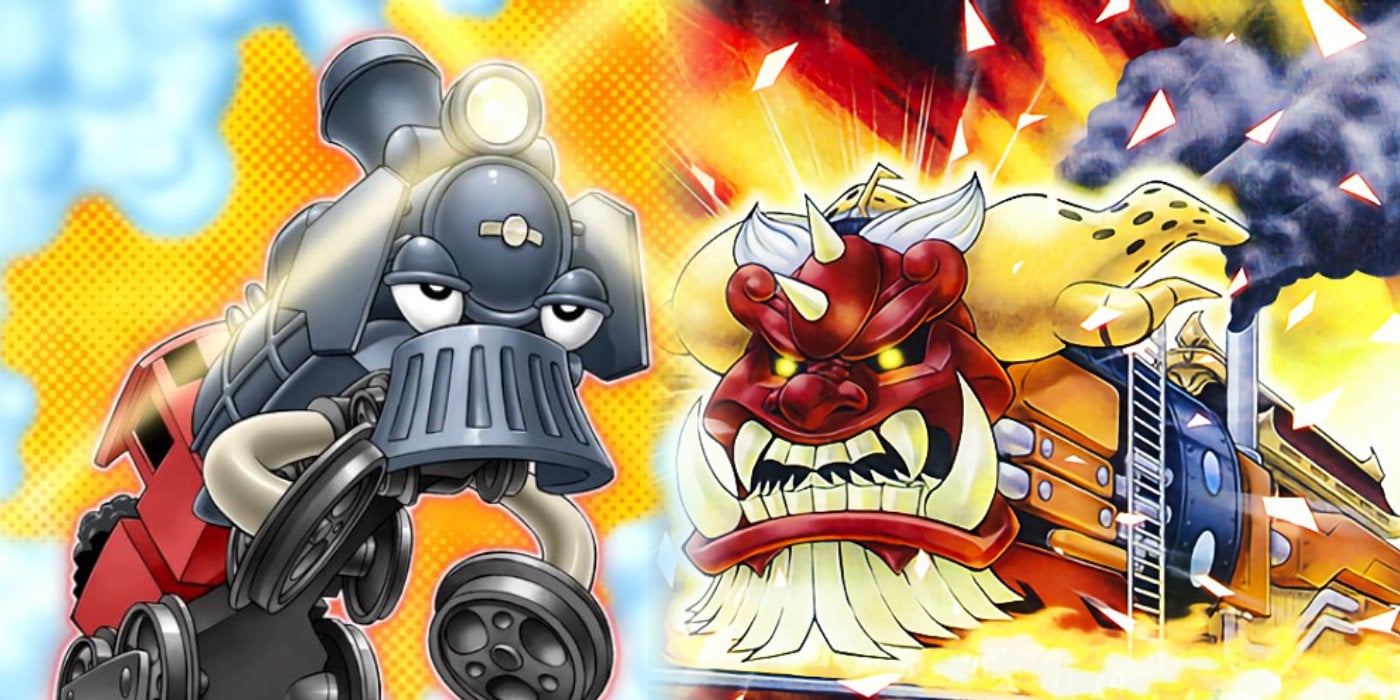
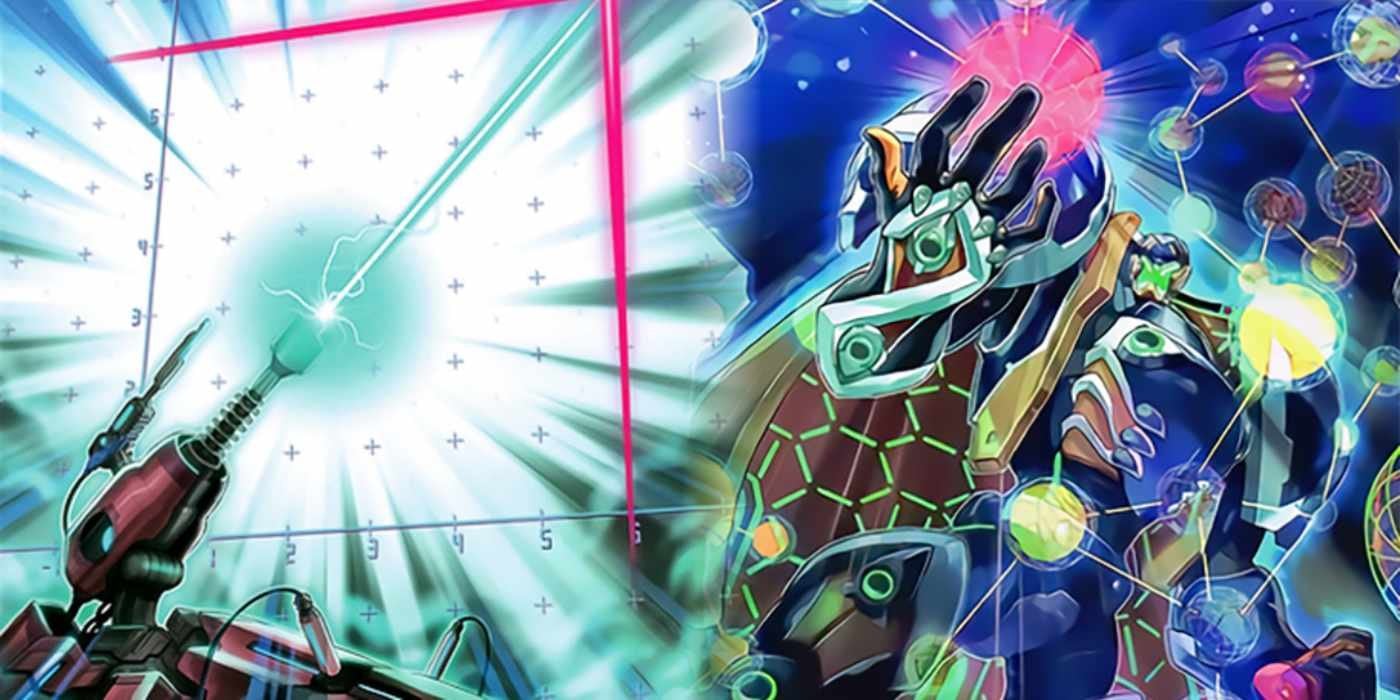
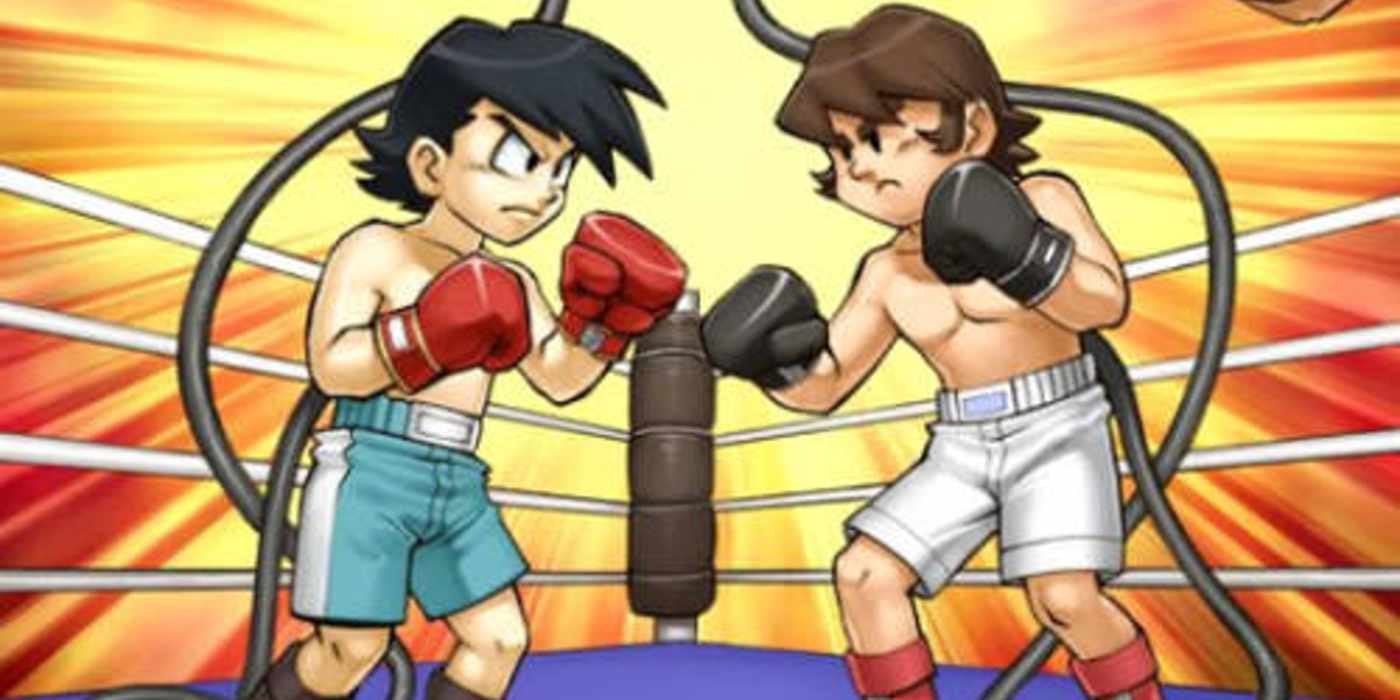
Comments
No Comments Yet. Be the first to create one down below!